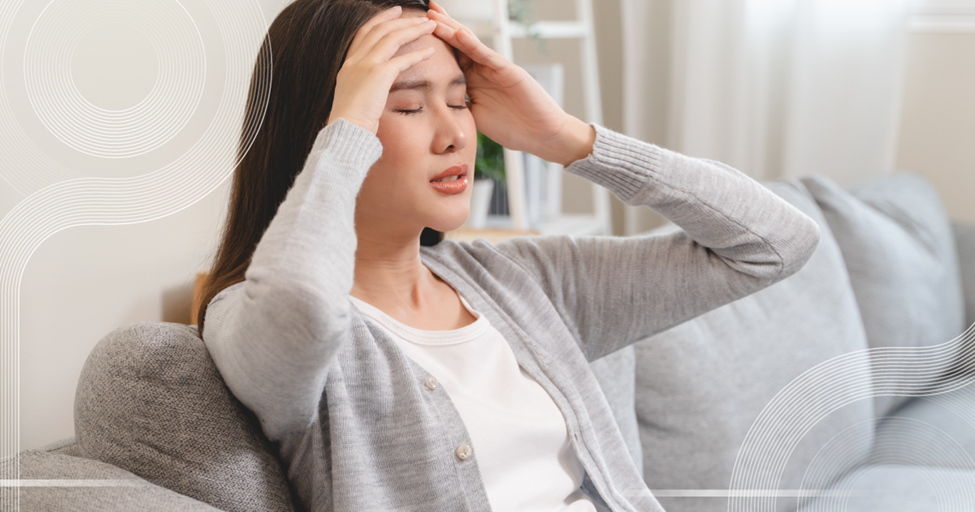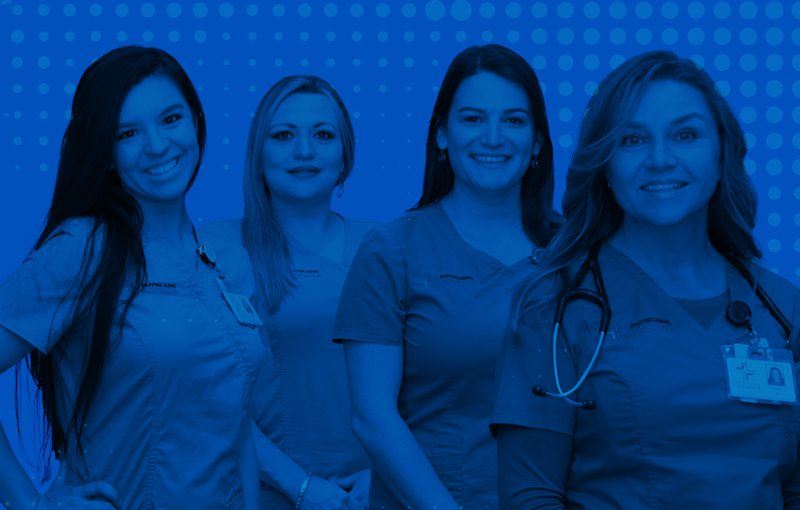Stroke Warning Signs You Shouldn’t Ignore

Strokes can happen suddenly and without warning, but not every sign is easy to spot. In fact, some symptoms are so subtle that they’re often overlooked or mistaken for something less serious. Knowing what to watch for could make all the difference. Recognizing these hidden stroke warning signs early can help you take quick action – and that could save a life, whether it’s your own or someone you care about.
The Importance of Early Detection
Every 40 seconds, someone in the United States experiences a stroke, making it a leading cause of disability and death. While many are familiar with the classic signs, such as facial drooping and slurred speech, other symptoms can be easily overlooked.
Understanding What Happens During a Stroke
A stroke happens when the brain doesn’t get enough blood due to a blockage or reduced flow. Without enough nutrients and oxygen, brain cells can begin to die within minutes. That’s why strokes are medical emergencies. The faster you get help, the better the chances of reducing damage and improving recovery. Quick action is critical when every second counts.
Recognizing the Subtle Signs
Beyond the well-known indicators, there are less obvious symptoms that warrant attention:
- Sudden vision changes – Blurred or double vision can be an early sign.
- Unexplained dizziness or loss of balance – Feeling unsteady without a clear reason shouldn’t be ignored.
- Severe headache without cause – A sudden, intense headache can be a warning.
- Numbness or weakness on one side – Even if it’s mild, this can indicate a problem.
These symptoms may be brief, but they are critical warning signs. Even if they resolve quickly, they could indicate a transient ischemic attack (TIA), often called a “mini-stroke,” which can precede a full-blown stroke.
The BE FAST Method
To help remember the signs, use the BE FAST acronym:
- Balance – A sudden loss of coordination or trouble standing steadily.
- Eyes – Unexpected changes in vision, such as blurriness or difficulty seeing.
- Face – One side of the face may droop or feel numb.
- Arms – Weakness or tingling in one arm; the person may be unable to lift both arms evenly.
- Speech – Slurred, confused, or hard-to-understand speech.
- Time – Don’t wait; call emergency services right away. Quick action can save a life.
Acting quickly can significantly improve outcomes.
Silent Strokes: The Hidden Threat
Some strokes, known as silent strokes, show no immediate symptoms but still cause brain damage. They can lead to memory problems or difficulty with coordination over time. Regular check-ups and monitoring can help detect these silent threats.
Stroke Symptoms in Different Groups
Women
Women may experience unique stroke symptoms, including:
- General weakness.
- Disorientation or confusion.
- Fatigue, nausea, or vomiting.
These signs can be subtle and are often overlooked, leading to delays in treatment. Women need to be aware of these atypical symptoms and seek immediate medical attention if they occur.
Younger Adults
Strokes are not exclusive to older adults. Younger individuals might experience:
- Sudden numbness in the hands.
- Confusion or trouble thinking clearly.
- Problems walking or maintaining balance.
- Severe headache without a known cause.
Awareness of these symptoms is vital, as strokes in young adults are on the rise. Factors such as high blood pressure, diabetes, and lifestyle choices contribute to this increase.
Prevention and Risk Factors
Understanding and managing risk factors can reduce the likelihood of a stroke:
- High blood pressure – Often called the “silent killer,” it significantly increases stroke risk.
- Smoking – Damages blood vessels and increases clot formation.
- Diabetes – High blood sugar can damage blood vessels over time.
- High cholesterol – Leads to plaque buildup in arteries.
Maintaining a healthy lifestyle, including regular exercise and a balanced diet, can mitigate these risks. Regular check-ups and monitoring of blood pressure, cholesterol, and blood sugar levels are essential preventive measures.
Immediate Action Saves Lives
If you or someone else exhibits any stroke symptoms, even if they seem minor, seek emergency medical attention immediately. Early treatment can prevent severe brain damage and improve recovery chances.
What to Do While Waiting for Help
If you suspect someone is having a stroke:
- Call 911 immediately.
- Keep the person calm and comfortable.
- Note the time when symptoms first appeared.
- Do not give them food, drink, or medication unless instructed by emergency personnel.
Prompt action can significantly impact recovery outcomes. The sooner treatment begins, the better the chances of a full recovery.
Know Where to Go: Quick Care Makes a Difference
By recognizing stroke warning signs and acting quickly, you can make a life-saving difference. Every second counts, so staying informed and prepared is key. Prioritizing your health and knowing when to seek help can protect you and your loved ones when it matters most.
At Physicians Premier, we are dedicated to providing fast, expert care for strokes and other emergencies. Our experienced team is ready around the clock to deliver the urgent attention you need. Learn more about our services and how we’re here to help when every moment matters.
Sources:
“What doctors wish patients knew about the deadly risk of stroke,” American Medical Association, https://www.ama-assn.org/delivering-care/hypertension/what-doctors-wish-patients-knew-about-deadly-risk-stroke
“About Stroke,” Centers for Disease Control and Prevention, https://www.cdc.gov/stroke/about/index.html
“Signs and Symptoms,” National Institute of Neurological Disorders and Stroke, https://www.ninds.nih.gov/health-information/stroke/signs-and-symptoms
“What is a silent stroke?” Harvard Health Publishing, https://www.health.harvard.edu/heart-health/what-is-a-silent-stroke
“Is it fatigue – or a stroke? Women shouldn’t ignore these warning signs,” American Heart Association, https://www.heart.org/en/news/2019/05/31/is-it-fatigue-or-a-stroke-women-shouldnt-ignore-these-warning-signs
“As stroke rates rise among younger adults, nearly 1 in 3 don’t know symptoms,” American Heart Association, https://www.heart.org/en/news/2020/10/26/as-stroke-rates-rise-among-younger-adults-nearly-1-in-3-dont-know-symptoms?
“Let’s Talk About Risk Factors for Stroke,” American Stroke Association, https://www.stroke.org/en/help-and-support/resource-library/lets-talk-about-stroke/risk-factors


